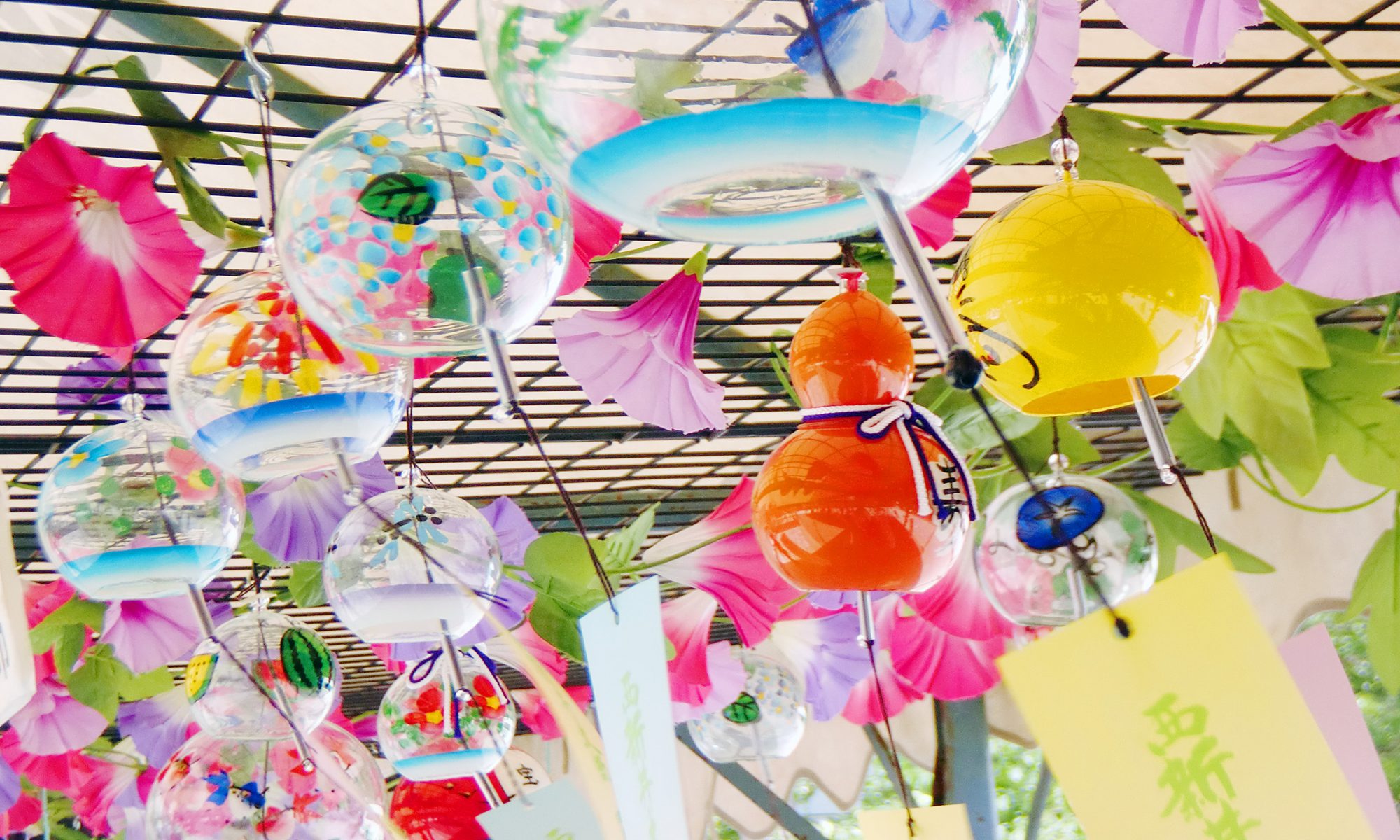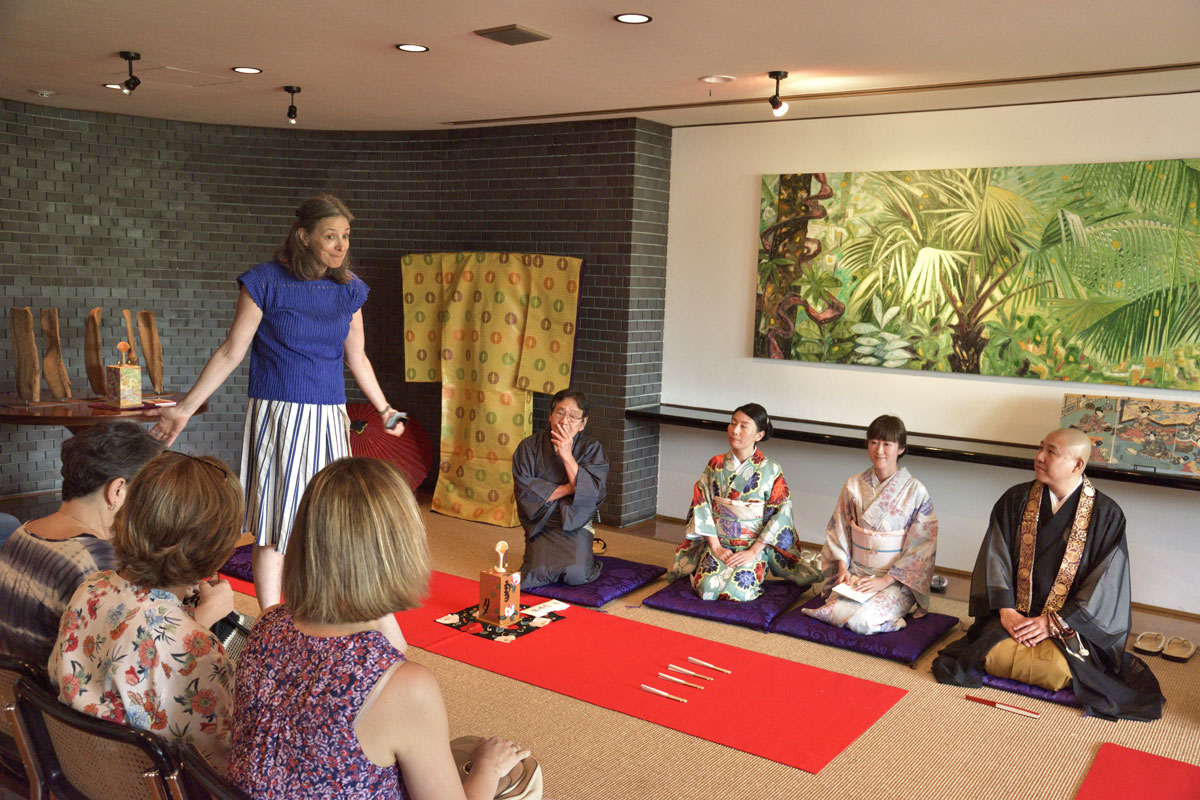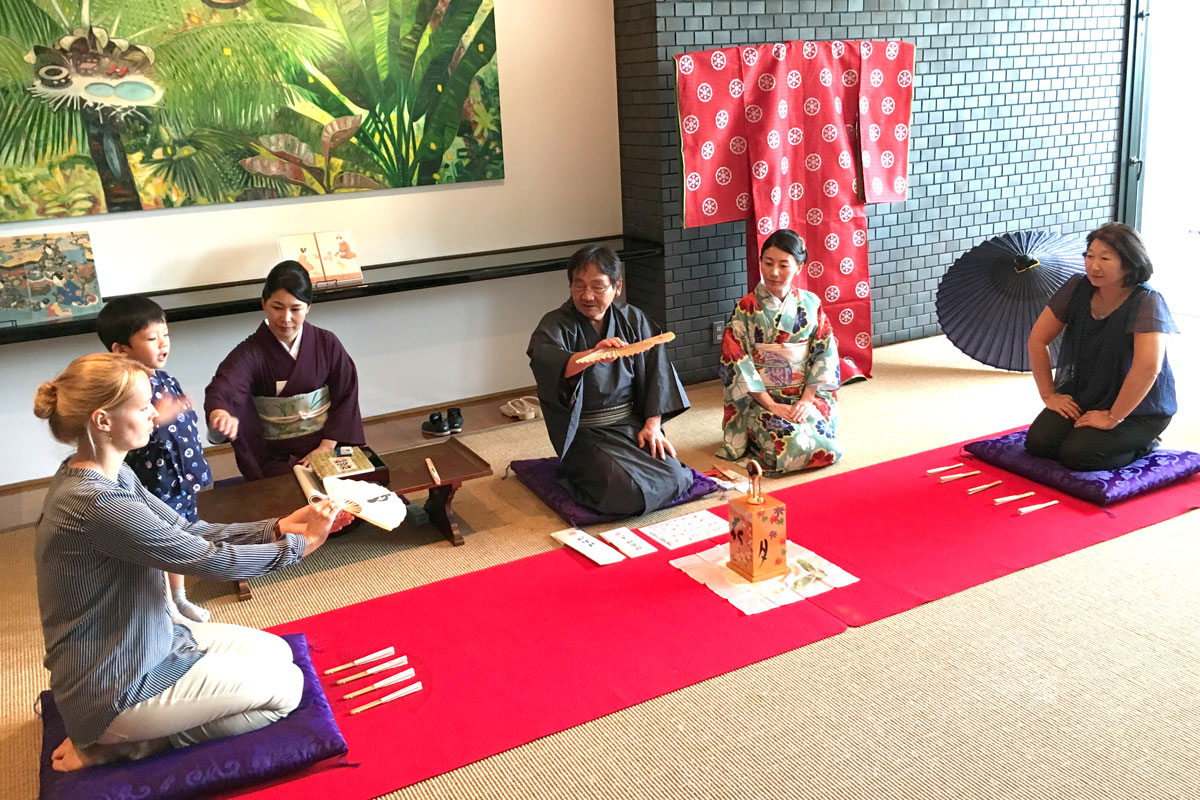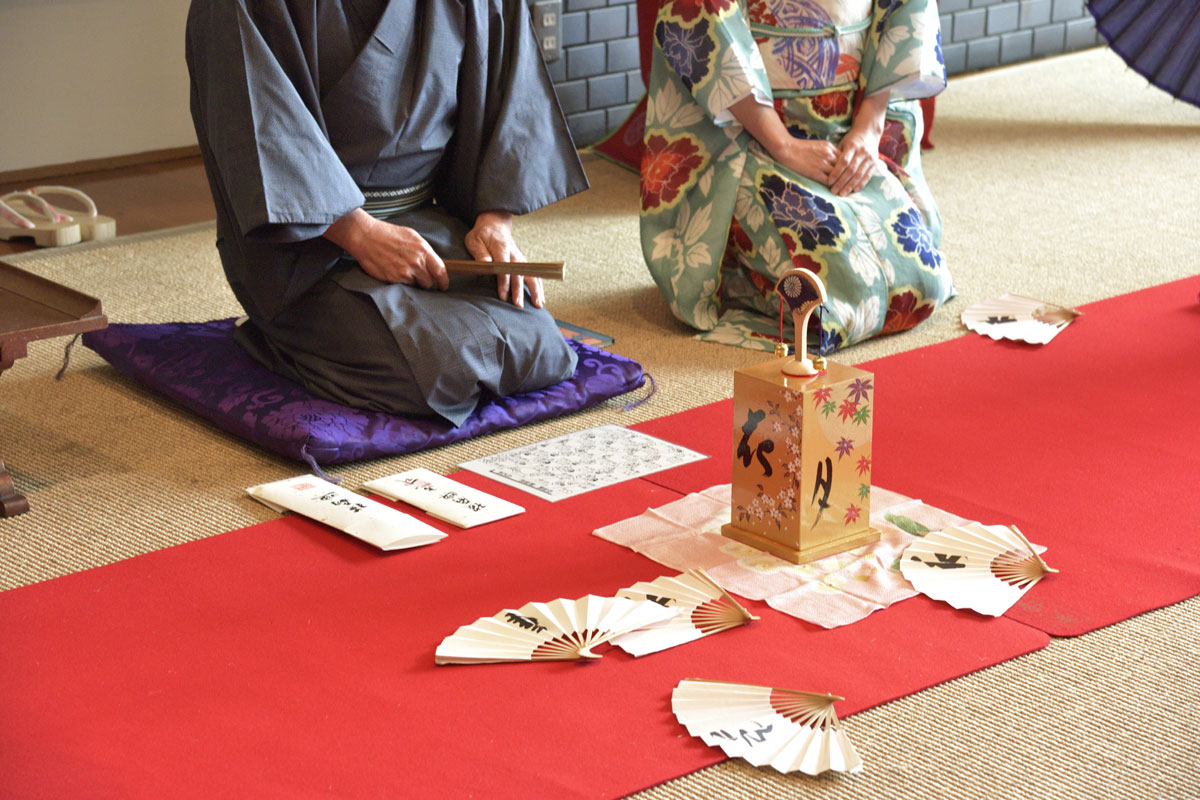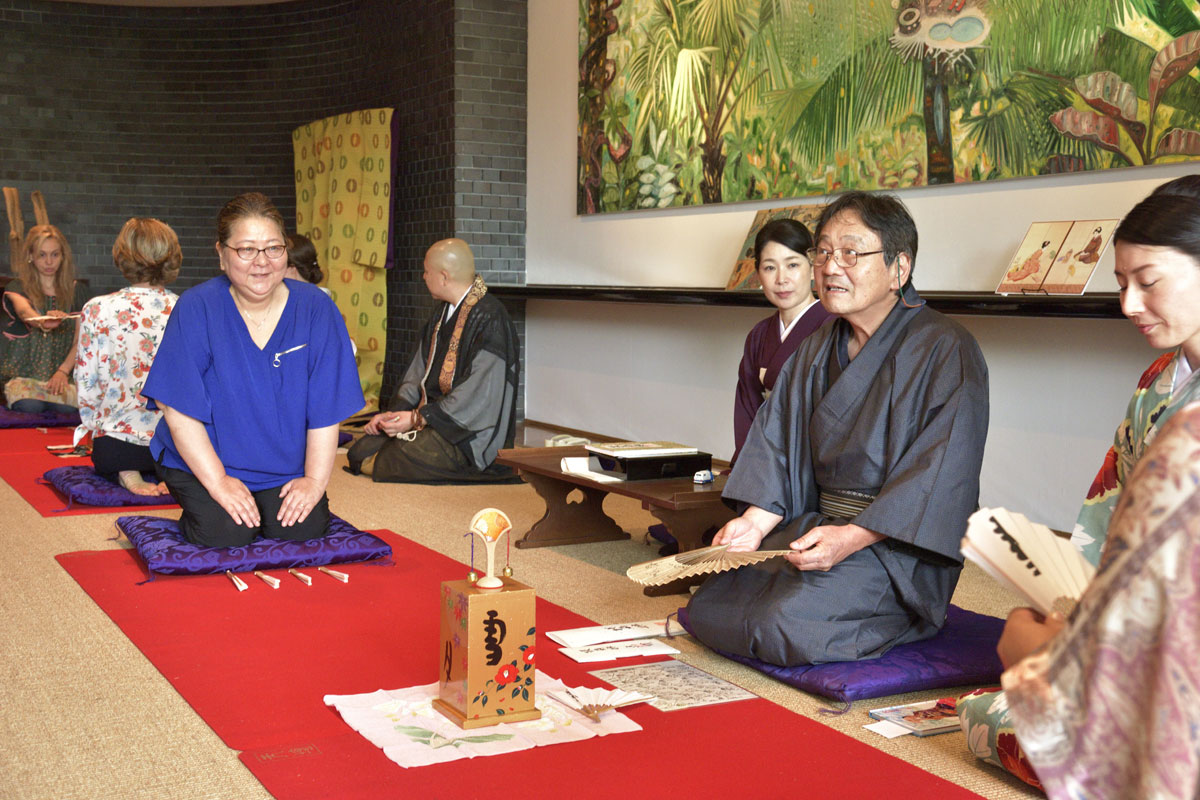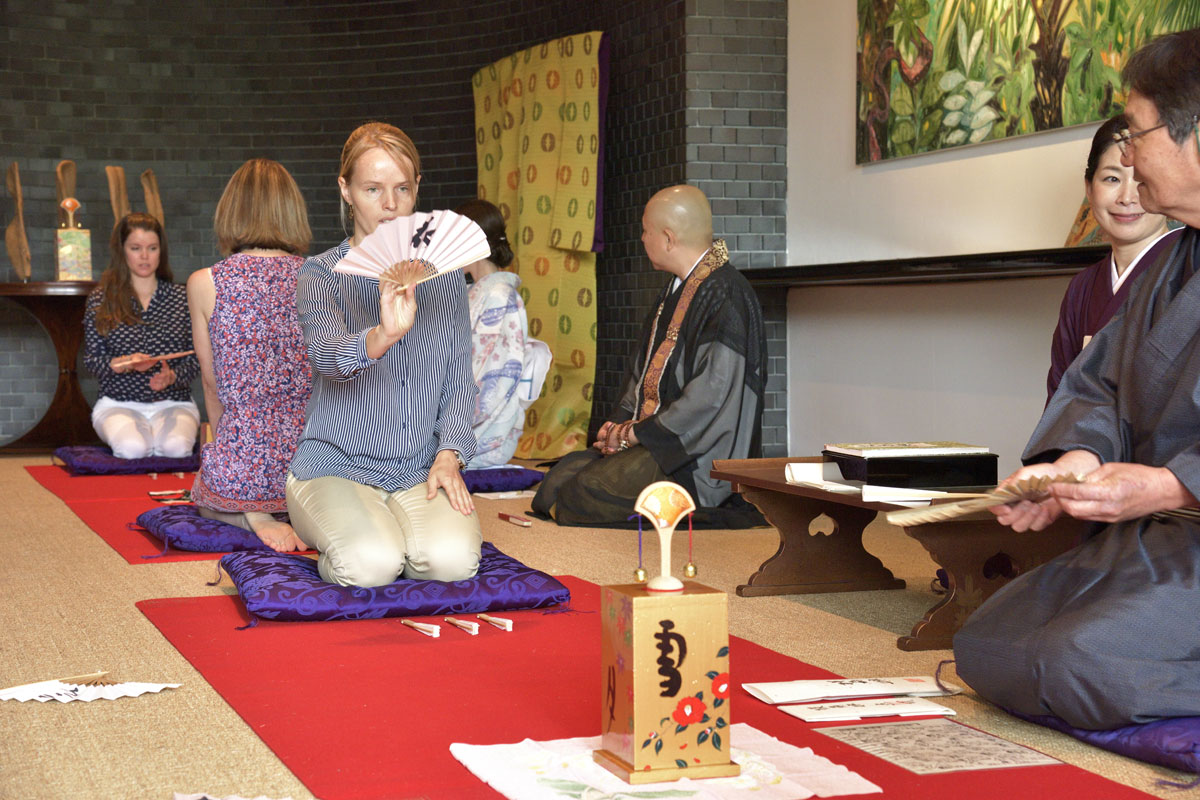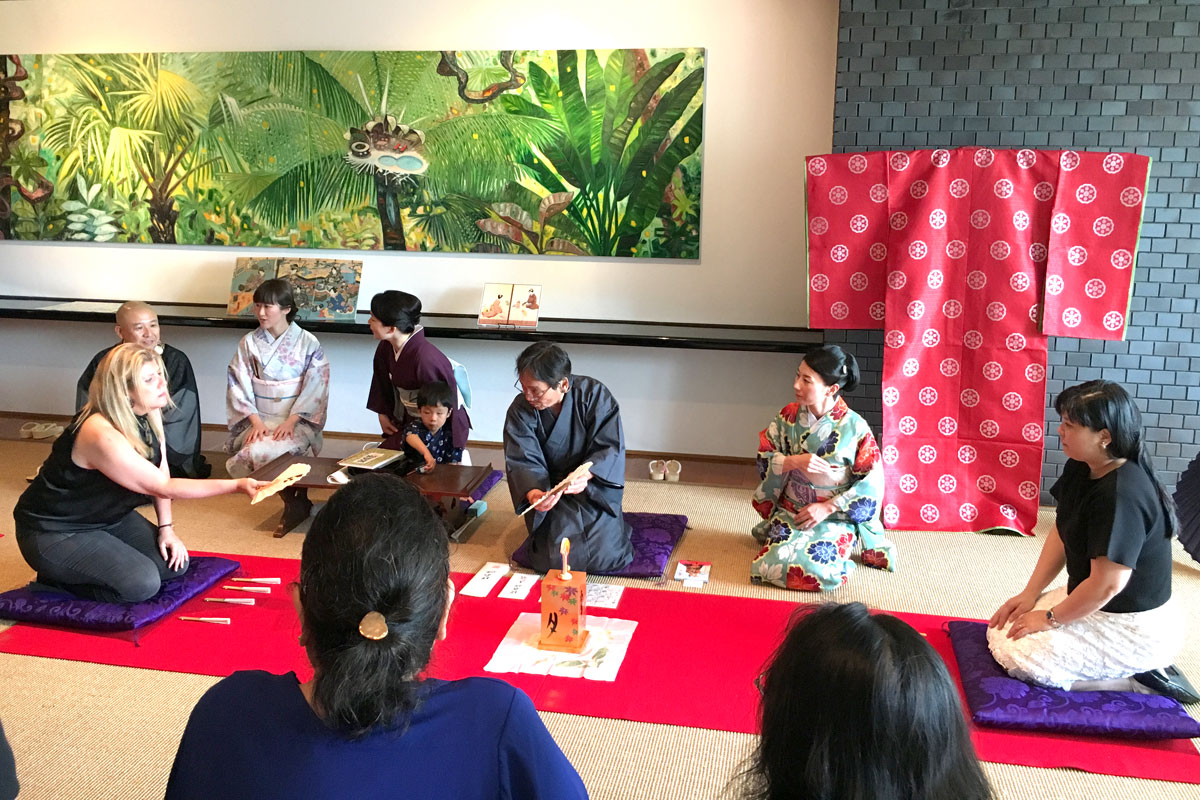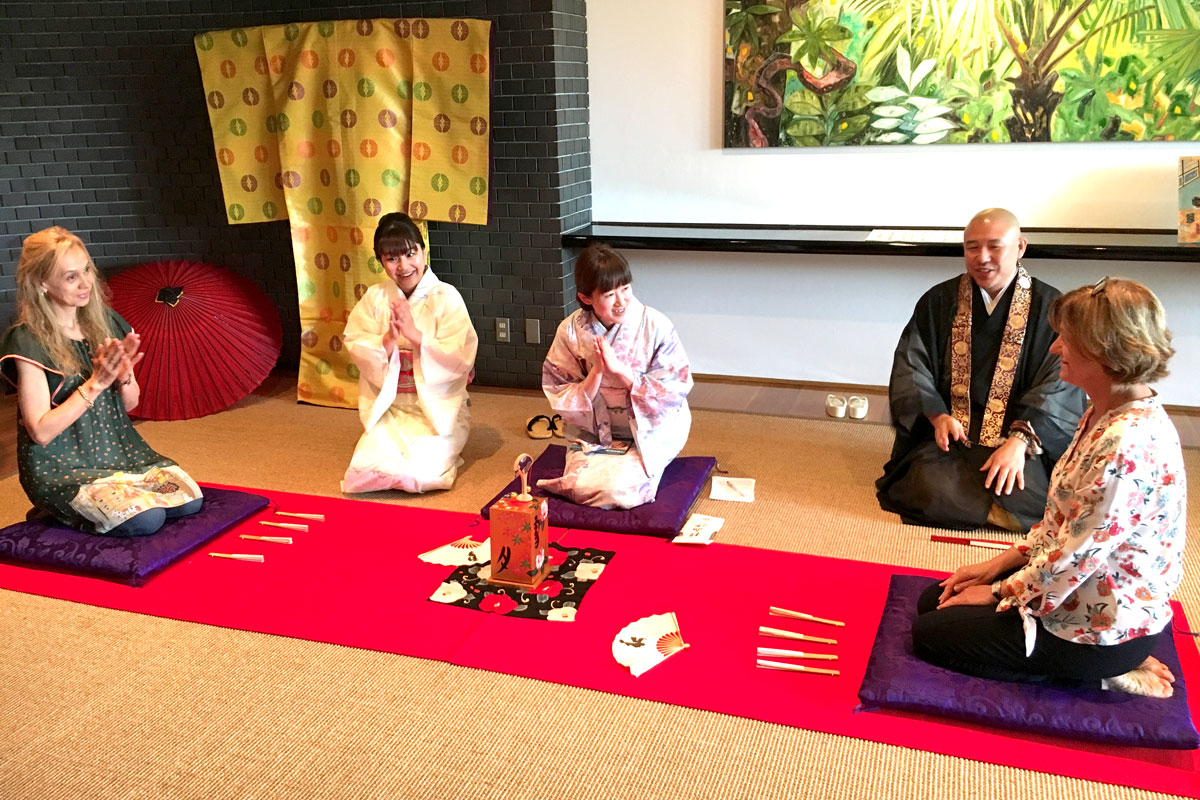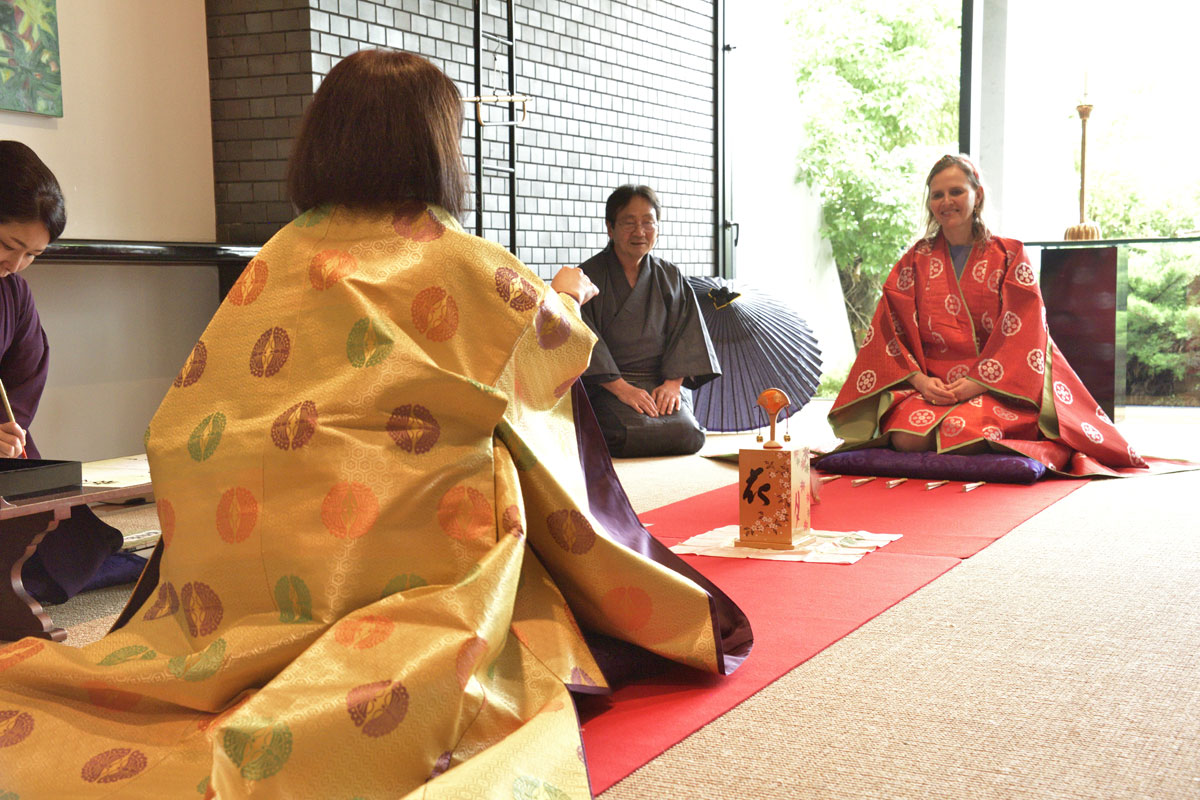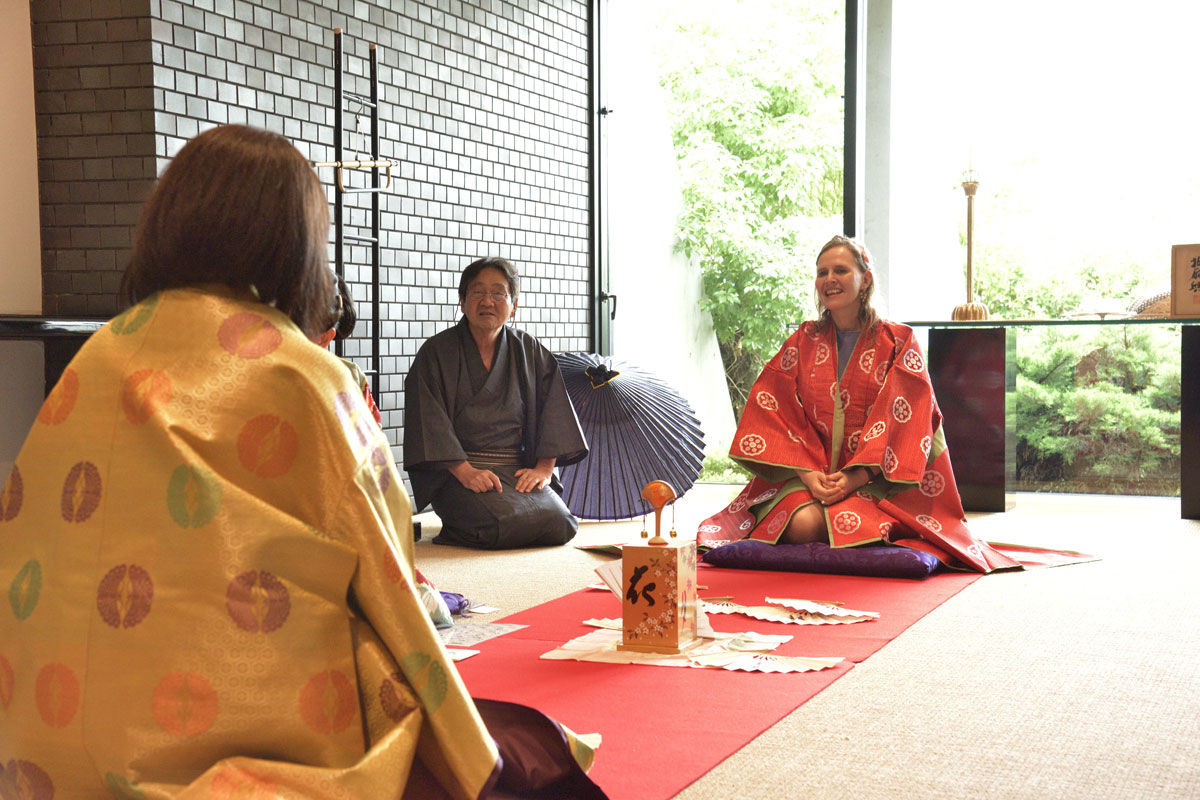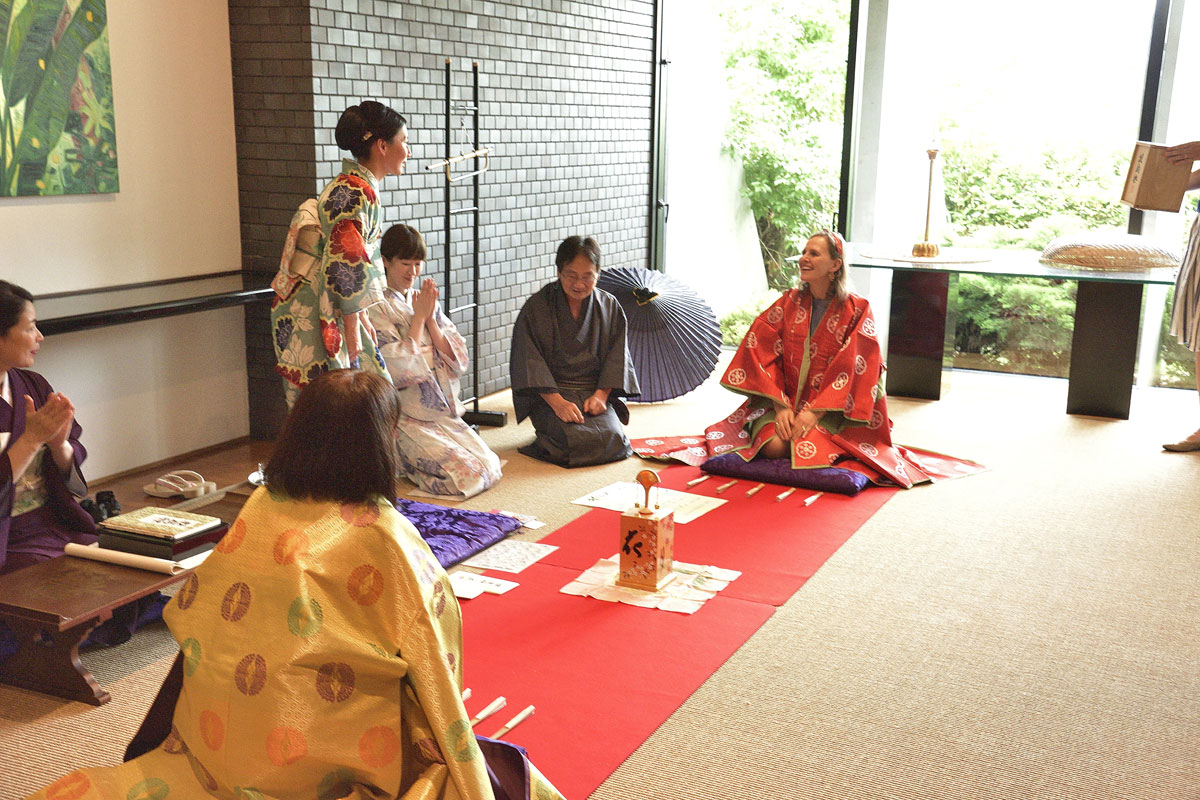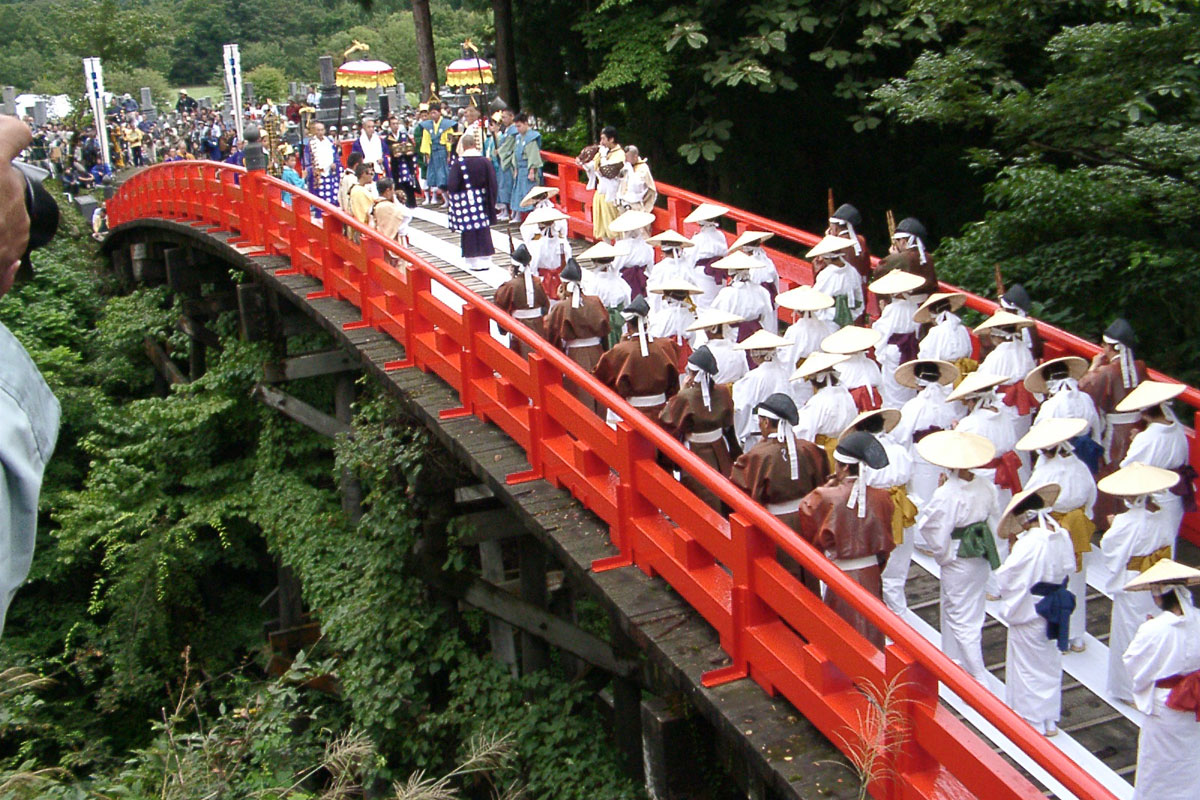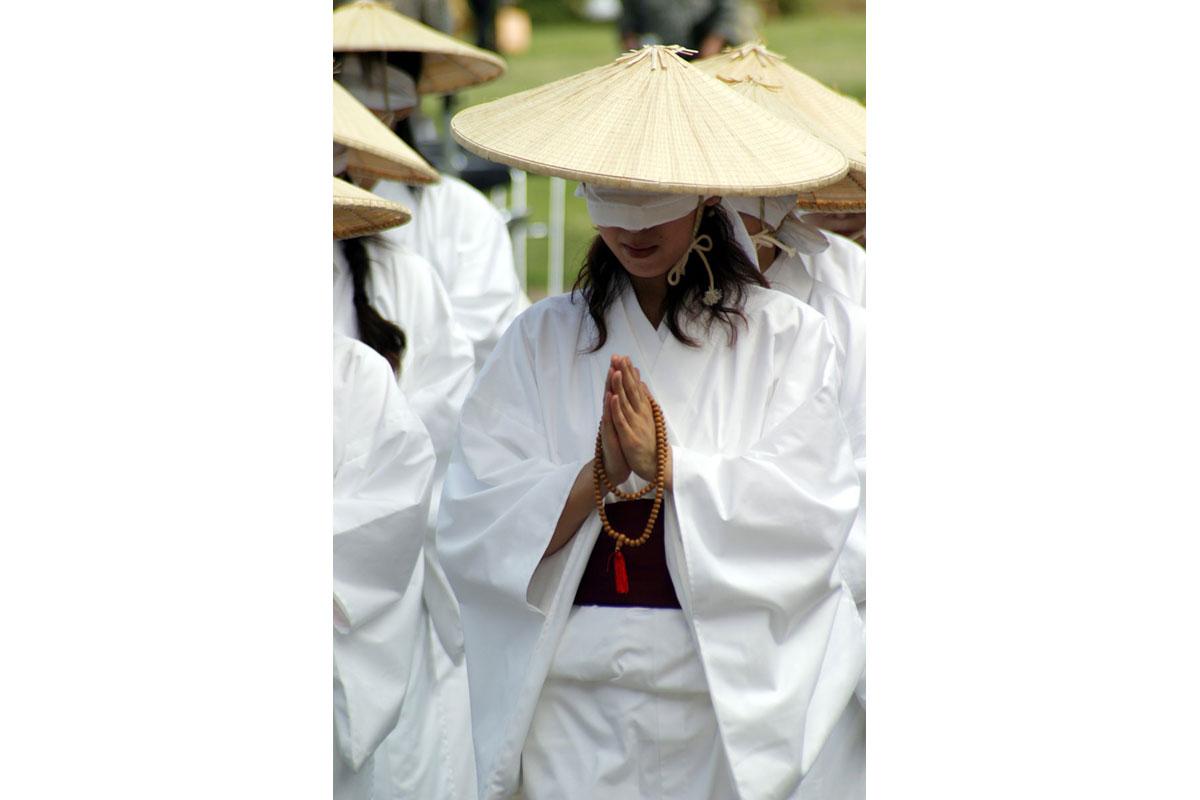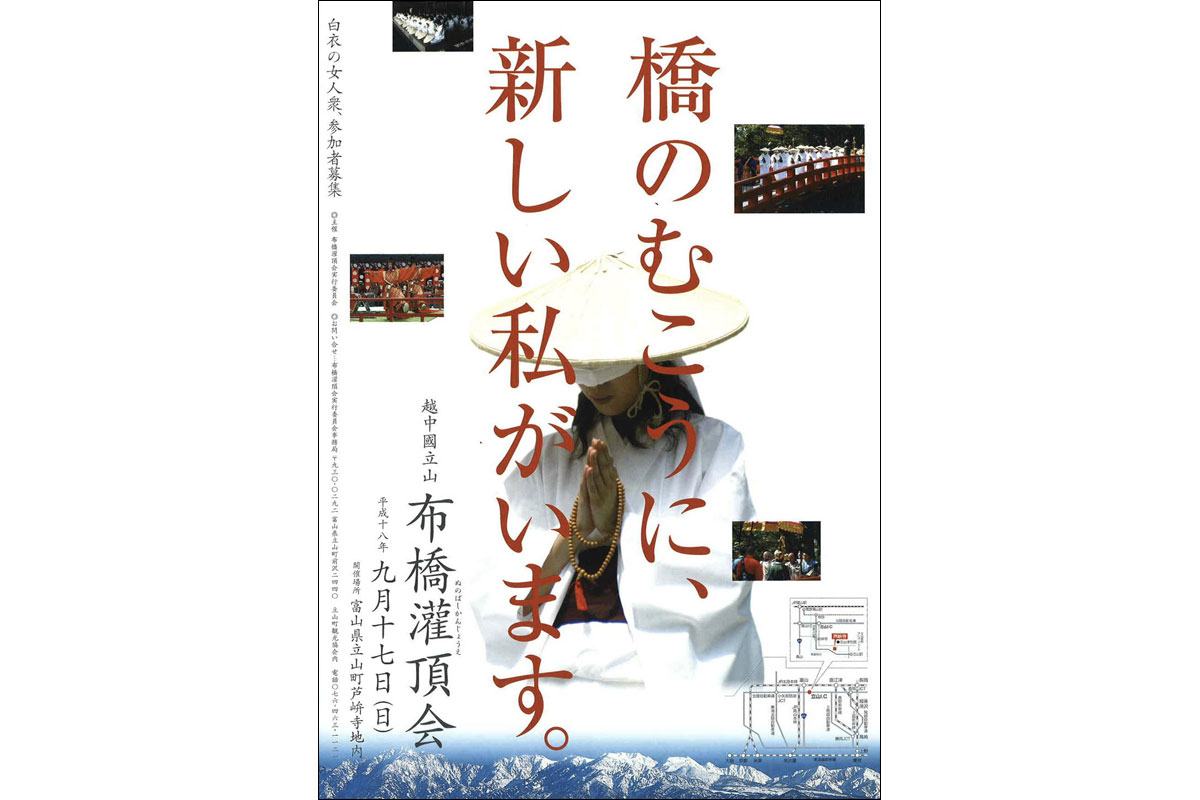[Last updated: August 4, 2022]
Of the many traditional Japanese amusements handed down from olden times, one of the most unique and enjoyable to modern players is Tohsenkyo, a fan-tossing game that resembles the game of darts—albeit with distinctive elements of Japanese culture. Said to have originated in the mid-Edo period (1603-1867) in Kyoto and Osaka, it was popular among aristocrats and commoners alike. Despite its ancient roots, Tohsenkyo transcends time, and stil delights and enthralls participants to the present day.
The non-profit Japan Tohsenkyo Preservation and Promotion Association regularly holds Tohsenkyo events and tournaments throughout Japan. Most recently, a Tohsenkyo exchange event was held in June 2017 at the Brazilian Embassy in Tokyo, and we were fortunate to receive an invitation.
Today, we’ll introduce Tohsenkyo and its rules, along with photos from the event so you can see Tohsenkyo in action.
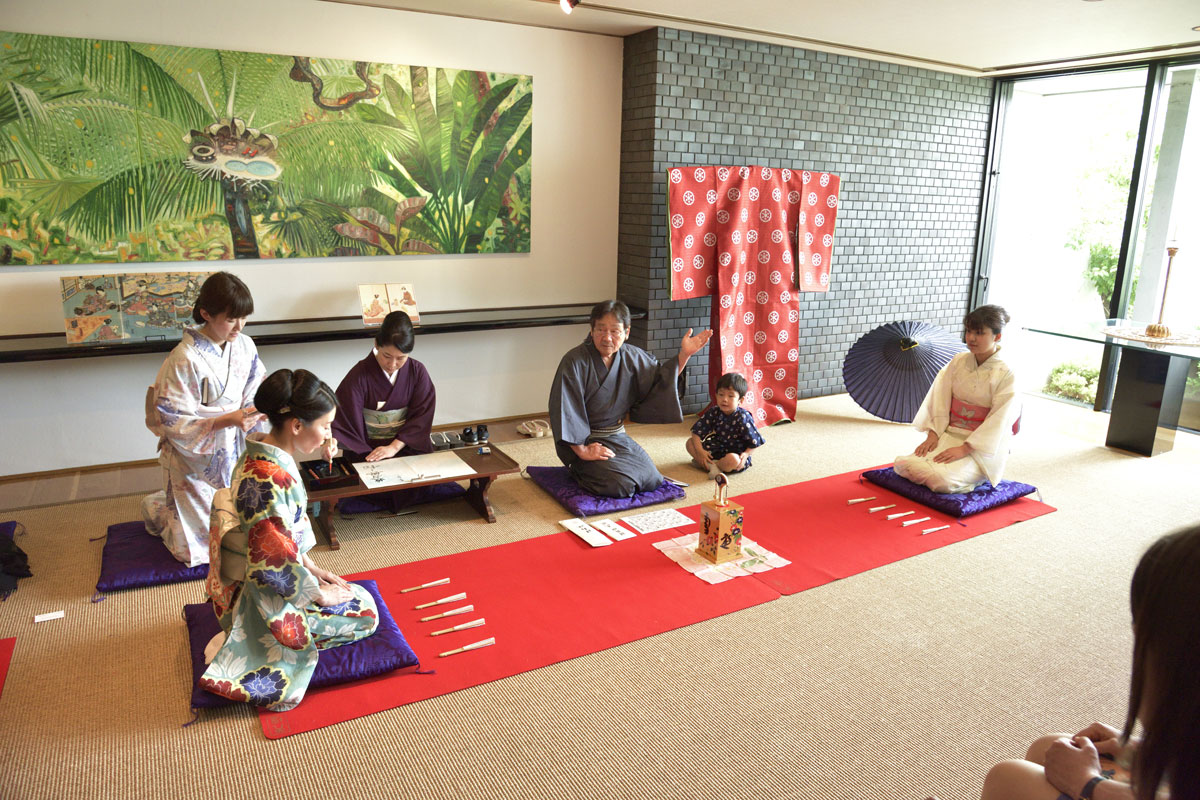
All About Tohsenkyo
Tohsenkyo (written with the Japanese characters for “fan,” “toss,” and “amusement”) is a traditional game that involves two players facing off against each other in a competition of tossing fans (sensu in Japanese). It is not a physical sport demanding strength, stamina, or hand-eye coordination, but rather an elegant, cultured game that can be enjoyed by players young and old, female or male, and of all nationalities.
Tohsenkyo found its way from Kyoto and Osaka in the west to Edo (old Tokyo), where it became tremendously popular among the common class. By the year of 1773 (Ansei 2), numerous rulebooks and guides had been published. Unfortunately, this Tohsenkyo boom had a downside—before long, people came to gamble on the outcome of the games. This escalated to the point where in 1822 (Bunsei 5) the shogunate issued a proclamation prohibiting Tohsenkyo, and the game disappeared from the public eye. Owing in part to this history, there are many people today who are unfamiliar with Tohsenkyo, but in recent times it has experienced a resurgence, as has been featured more and more in the media.
There are many schools of Tohsenkyo, each with their own rules and scoring methods. Today, we will introduce the school known as Misen-ryu—one of the original schools that has been passed down to the present day. The rules are easy to understand and the competitions exciting, making it an idela introduction to the world of Tohsenkyo.
A First-Timer’s Guide to Enjoying Tohsenkyo
●Instruments and the Field of Play
The players sit on opposite sides of a red carpet (“Hi-mohsen”), in the center of which stands the “butterfly” (kochoh or choh in Japanese), the target at which the fans are thrown, and the makura (a wooden box or “pillow”) upon which it rests. In front of the makura on one side sits the shisen-nin, or judge. The side to the judge’s right is referred to as the Flower side, and the left the Snow side. The players kneel on each side, and five closed fans are placed in front of them. The players alternate turns, taking one fan (in order from left to right), opening it, and tossing it.
●Fan-Tossing Techniques
Needless to say, just tossing your fan haphazardly won’t be very effective. Learn these basic pointers, and soon you’ll be tossing your fan like a Tohsenkyo veteran.
First, begin by sitting with good posture, back straight and one hand resting on your knees.
1) Take one fan in hand. If you are the Flower player, hold it so the “Flower” character faces upwards. Your thumb should be on top of the fan’s pivot (the bottom part of the hinge), with the remaining four fingers supporting from behind.
2) Gently turn the fan around so that the “Snow” character is facing upward.
3) From this position, aim toward the butterfly. Facing the tip of the fan slightly upward may help your fan fly true.
4) Draw the fan in and raise it upward, then gently use your wrist to toss the fan by pushing the pivot forward.
The trick to a successful toss is to relax your hand and throw the fan gently. If you rely on strength and throw too hard, the fan will not fly in a clean and elegant path. Release it gently as you would a paper airplane, and you’ll have a good chance of striking the butterfly. Softly using your wrist is another technique worth mastering.
●Poses and Scoring
The position in which your fan falls relative to the butterfly and the makura will determine your pose—and in turn, your score. The specific poses and their point values vary by school–
Here, we will introduce the Misen-ryu scoring system.
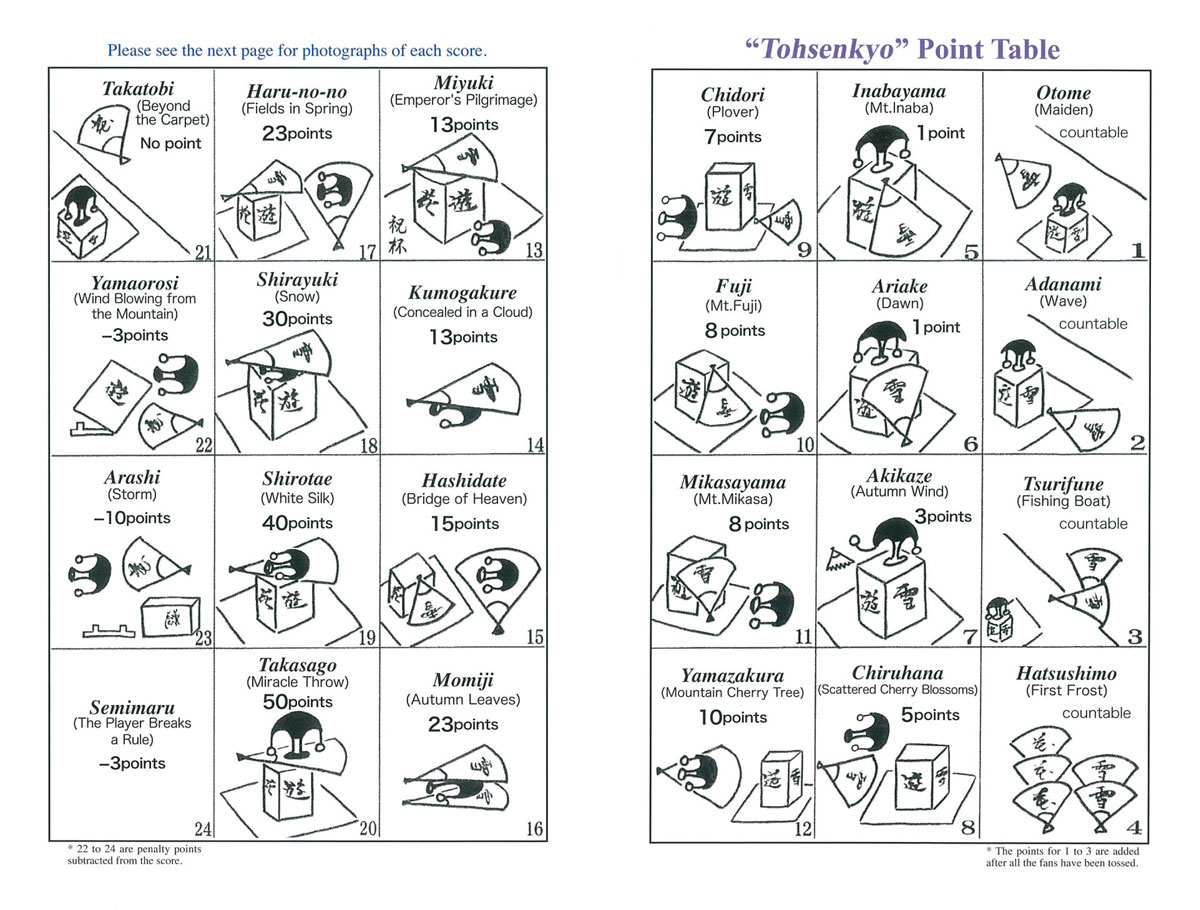
▲The scoring system for the Misen-ryu school of Tohsenkyo, as detailed in Tohsenkyo: The Traditional Japanese Fan Tossing Game (edited by the Japan Tohsenkyo Presevation and Promotion Association)
Even the names of the various poses in Tohsenkyo are rich in Japanese culture and history, drawing on the poems in the Ogura Hyakunin Isshu, or “A Hundred Poems by a Hundred Poets.” (In other schools of Tohsenkyo, pose names are taken from the Tale of Genji or regional terms.) For example, if the fan is thrown so that it strikes the butterfly and rings the bell attached, this pose is called “Autumn Wind” (Akikaze) and scores the player three points.
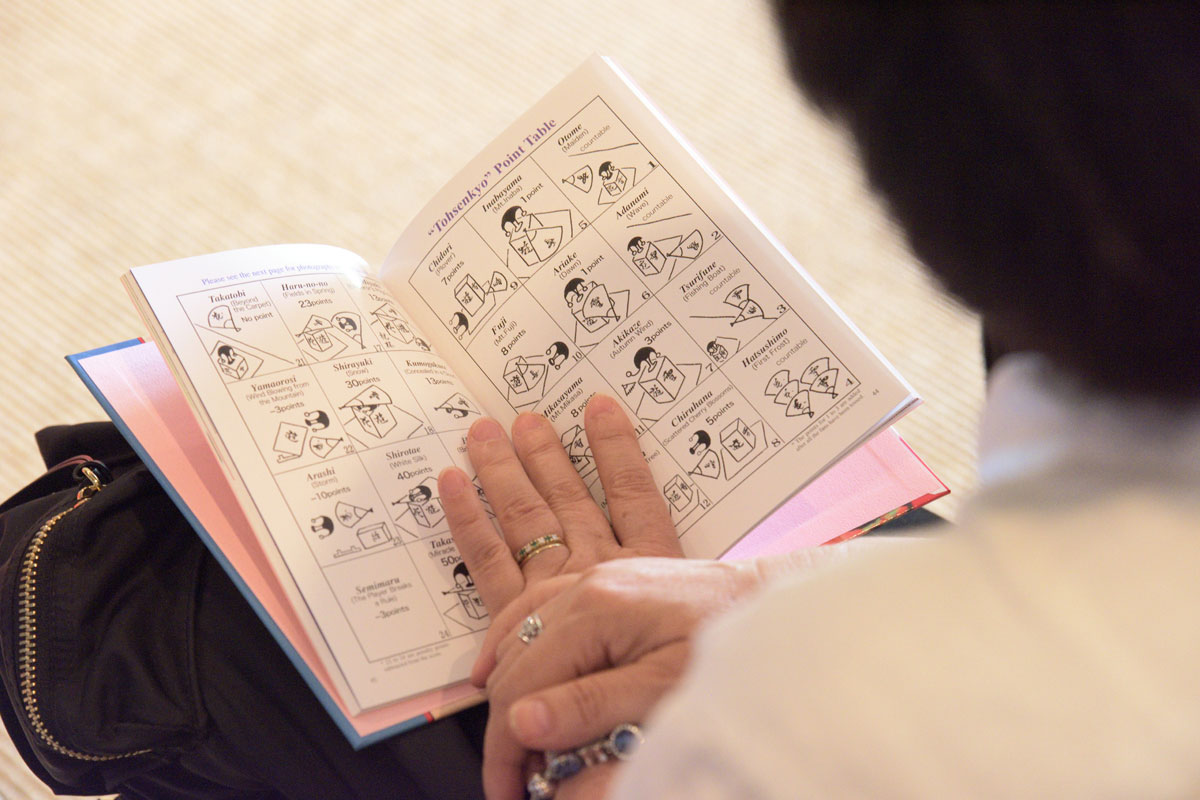
▲Confirming pose and score with an English version of the rulebook
There are other ways in which to score. For example, if you are the Flower player, even if you miss the butterfly entirely, you will score one point for every fan that lands with the Flower character facing up.

▲This player scored the rare “Emperor’s Pilgrimage” (Miyuki) pose, earning an impressive thirteen points!
●Courtesy and Etiquette
Etiquette is of the utmost importance in Tohsenkyo, and each match begins and ends with a ceremonial bow. If you are able to sit in seiza (the traditional Japanese kneeling posture), you are encouraged to do so. Of course, exceptions can be made for those with weak or injured knees—it is also possible to take part in Tohsenkyo sitting in a chair.
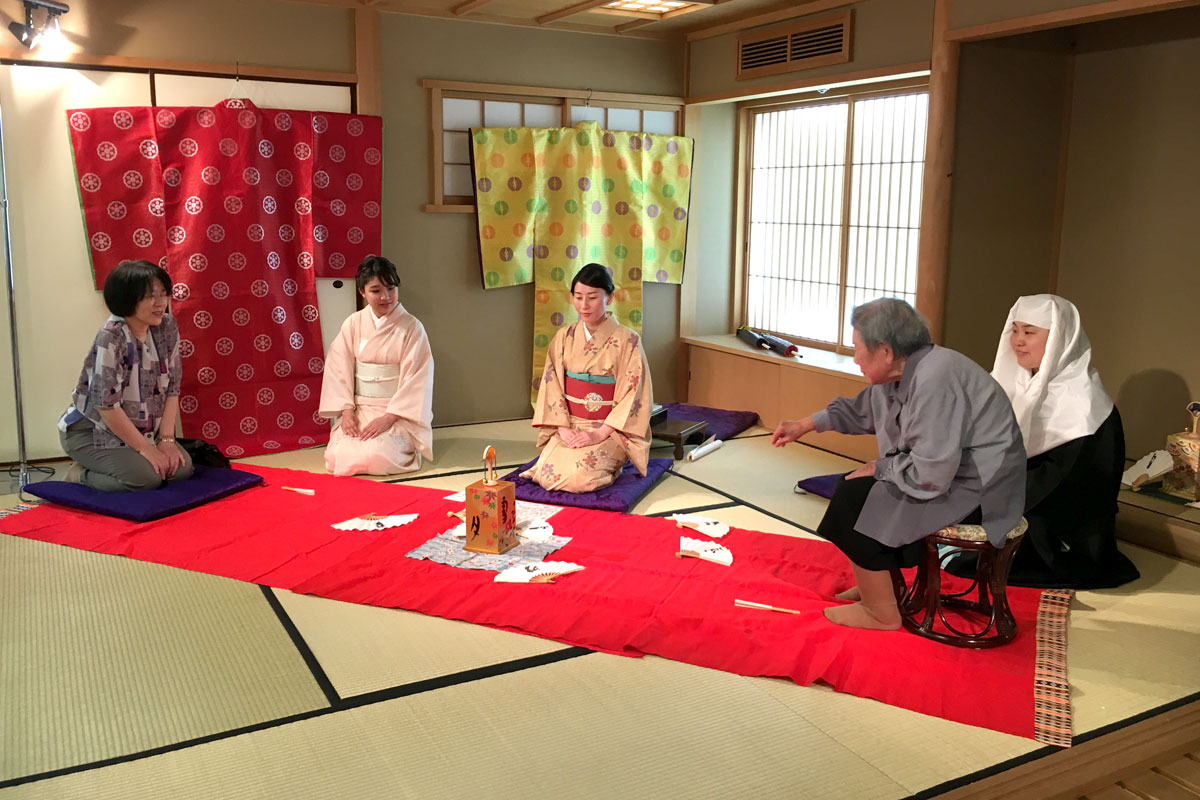
▲A Tohsenkyo event was held at the Keio department store in Shinjuku on May 24, 2017
Before the match begins, both players put their hands down and bow. The shisen-nin (judge) gives a signal, and the match begins. From here, the two players toss their fans in turn—after each toss, the pose is announced, and the score revealed.
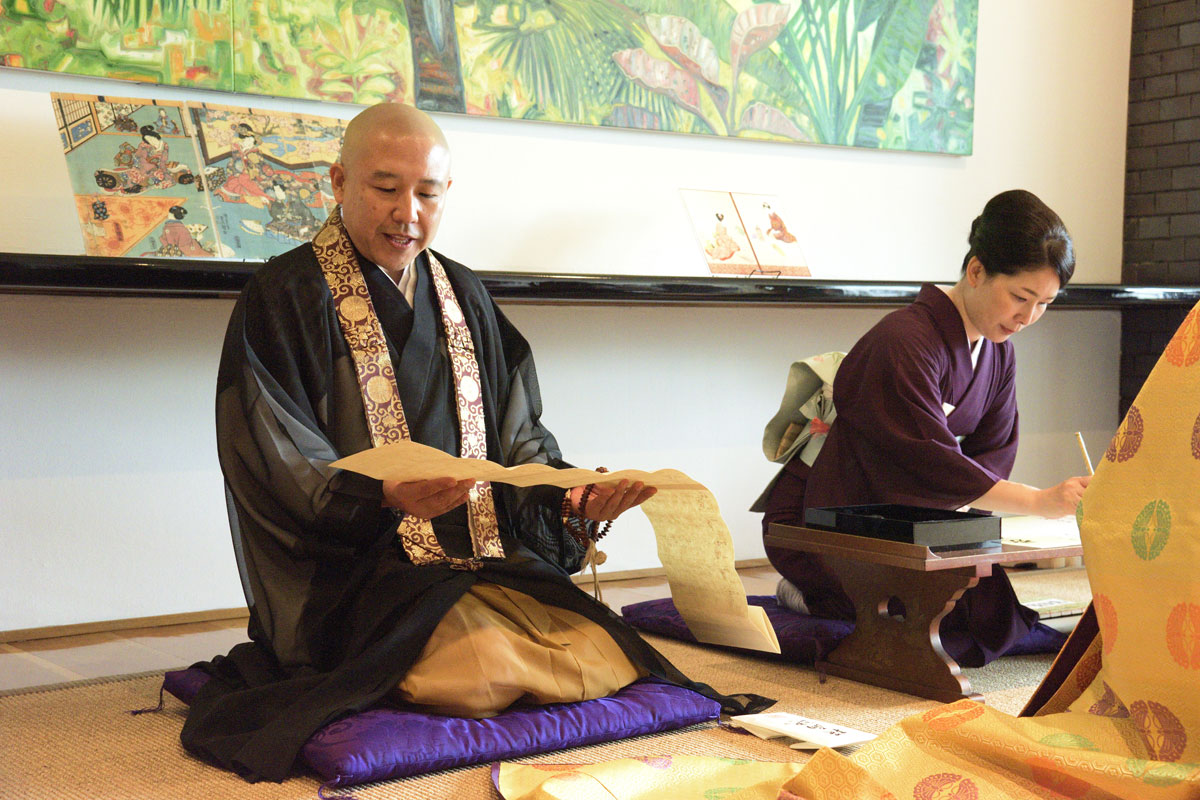
▲The kasen-nin, or reader, here is Sommyo Miura, Chief Director of the Japan Tohsenkyo Preservation and Promotion Association. The shosen-nin, or scorekeeper, is Yuki Miura.
After the pose is declared, from behind the playing field, the kasen-nin –or “reader”—recites the Hyakunin Isshu poem from which the pose takes its name. Sitting before the desk is the score and record-keeper, known as the shosen-nin. When all the fans have been thrown, the final scores are calculated, and the fans, butterfly, and makura are returned to their original positions. The shisen-nin reveals the victor, and the players bow to each other, concluding the match.

▲Tohsenkyo begins and ends with etiquette and courtesy
An Elegant Showdown for Glory
The championship match featuring the final two players is the main event of Tohsenkyo. Brilliant kimono known as uchigi adorn the hall, and only the two finalists are allowed to wear them, a symbol of the glory that they have achieved. The final match is truly a spectacle to behold.
The Tohsenkyo event at the Embassy was divided into two parts: practice matches—which were thrilling in their own right—and the final tournament, which needless to say attracted the attention of all. You could tell the finalists were feeling the pressure.
Tohsenkyo players find that rather than relying on technique or strength, entering an almost meditative state—thinking and wishing for nothing—is often the key to victory. In that sense, it is a game of fate and fortune. The outcome is always unpredictable, making it as interesting to watch as a spectator as it is to play.
After the Tohsenkyo event at the Brazilian Embassy, a tea party was held, featuring delicious homemade cuisine prepared by Mrs. Do Lago. Though the event was an enjoyable and lively one, we were also impressed by how diligent all the participants were. They were not only quick to learn the rules of Tohsenkyo, but courteous and respectful to the end. Seeing everyone unite in enjoying this uniquely Japanese experience was a sight to behold.
We would like to express our sincere thanks to Mrs. Béatrice Corréa Do Lago and all the organizers and participants for inviting us to this remarkable event. Furthermore, we would also express our deepest appreciation to everyone at the Japan Tohsenkyo Preservation and Promotion Association for their support and cooperation with this article.
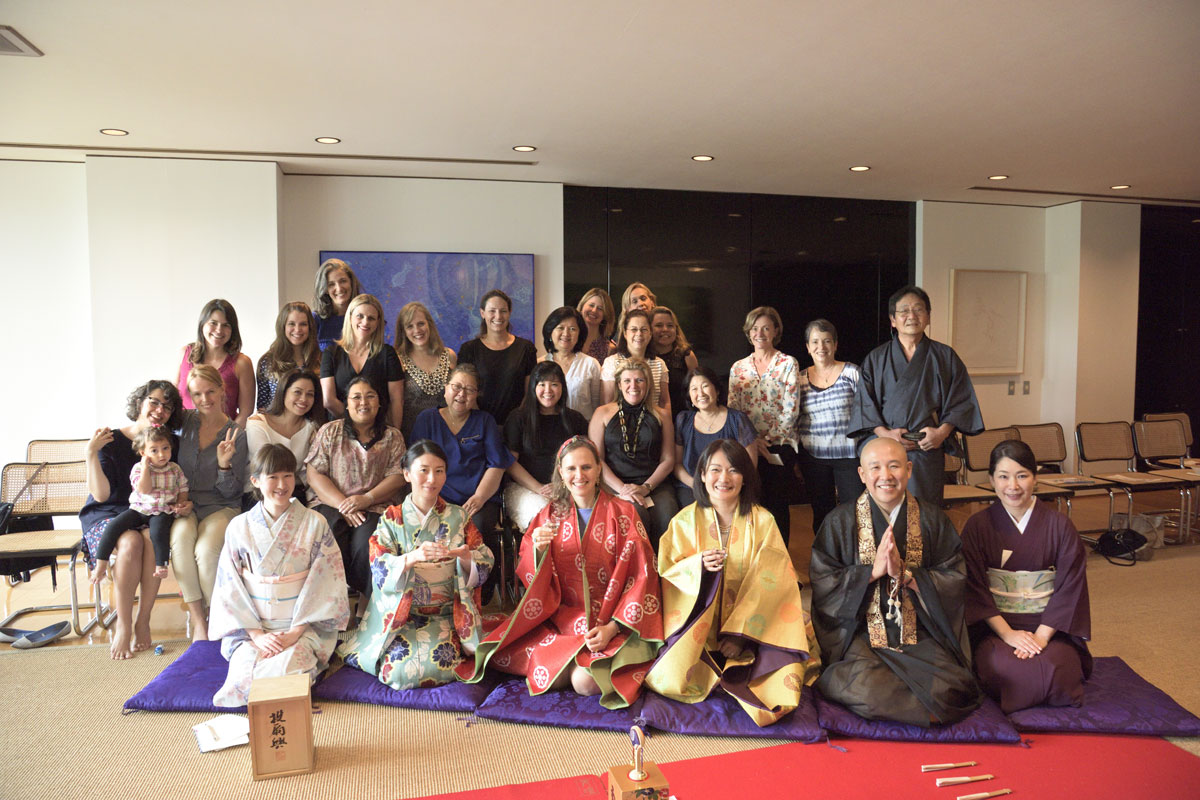

(Reference) Tohsenkyo: The Traditional Japanese Fan Tossing Game
Edited and published by the Japan Tohsenkyo Preservation and Promotion Association
Price: 2000 yen (plus tax)
Japan Tohsenkyo Preservation and Promotion Association
Address: 1-16-2 Minami-magome, Ota City, Tokyo, Japan (within Honjyuin Temple)
URL: http://101000.com/
*For inquiries regarding Tohsenkyo events and reference materials, please use the contact form available on the web site above, or visit our Facebook page (in English) at https://www.facebook.com/Tohsenkyo/.
▲Watch Tohsenkyo in Action (audio will play)
● Text, Editing: Hinata Uozumi
● Photographs: Ryoichi Shimizu, Ark Communications
● Translation: Jon Machida
Enjoy Tohsenkyo for Yourself!
With a simple reservation, you can experience Tohsenkyo for yourself at any of the following locations. The specific school of Tohsenkyo—and in turn, the rules and scoring system—may differ, but the staff on hand will be happy to instruct you on the specifics so you can enjoy the game to the fullest. Please be sure to confirm hours of operation and holidays—as well as cost—in advance, and be sure to mention your interest in Tohsenkyo when you make your reservation.
◆Japanese Fan Shop HANGESHO
A traditional Japanese fan store located in Kyoto’s Higashiyama Miyagawa-cho.
Address: 440-13, Nishigomoncho, Shinmiyagawachodori-matsubara-sagaru, Higashiyama, Kyoto, Japan
URL: https://hangesho.com/shop2/
◆Sukeroku-no-yado SADACHIYO ※Closure
Address: 2-20-1 Asakusa, Taito City, Tokyo, Japan
◆HISAGOAN ※Closure
Address: 3-34-11 Asakusa, Taito City, Tokyo, Japan
◆Asakusa JIDAIYA
A popular tourist spot where visitors can experience a wide variety of Japanese cultural experiences in a casual environment.
Address: 2-3-5 Kaminari-mon, Taito City, Tokyo, Japan
URL: http://www.jidaiya.biz/index-e.html
◆Hakuchikudo
A maker and seller of traditional Kyoto fans. Tohsenkyo reservations accepted for parties of two people or more.
Address: 448 Shirakabe-cho, Fuyachodori-rokkaku-agaru, Nakagyo-ku, Kyoto, JAPAN
URL: http://www.hakuchikudo.co.jp/experience/tosenkyo.html (in Japanese)
